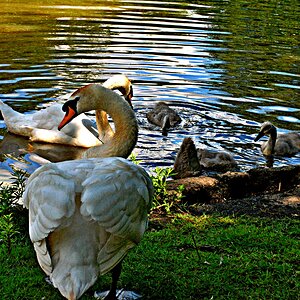Canoneer
TPF Noob!
- Joined
- Jun 16, 2014
- Messages
- 15
- Reaction score
- 0
- Location
- Tejas
- Can others edit my Photos
- Photos NOT OK to edit
Obviously if a print is on photopaper, that indicates there was a photo taken on film, right? But can you tell the difference between a print made from scanned film and one from an originally digital image?


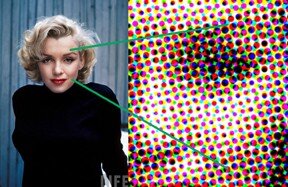
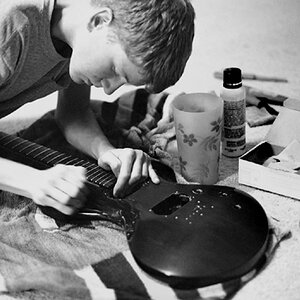
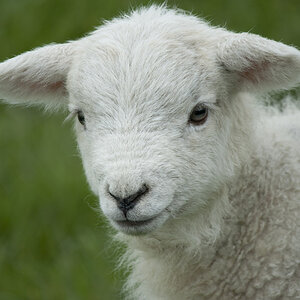
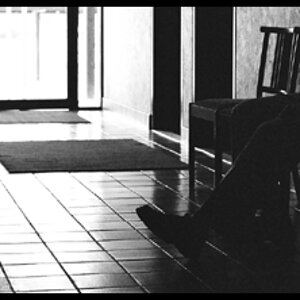
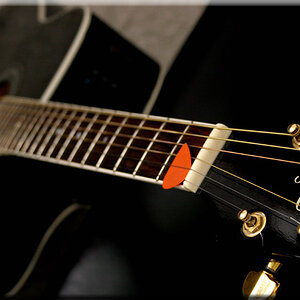
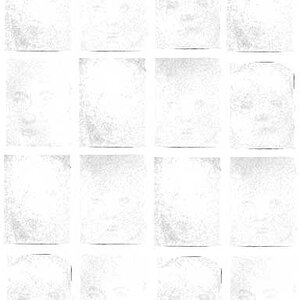
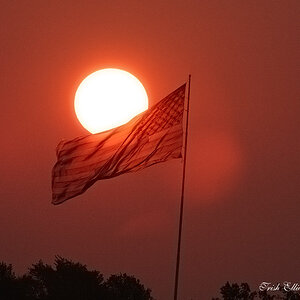
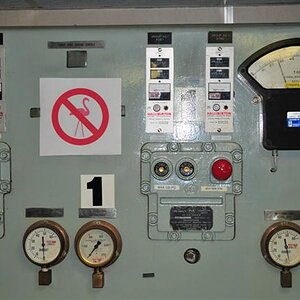
![[No title]](/data/xfmg/thumbnail/30/30861-fee88082ba36d0c3b443492fe3f3f1cd.jpg?1619734481)


